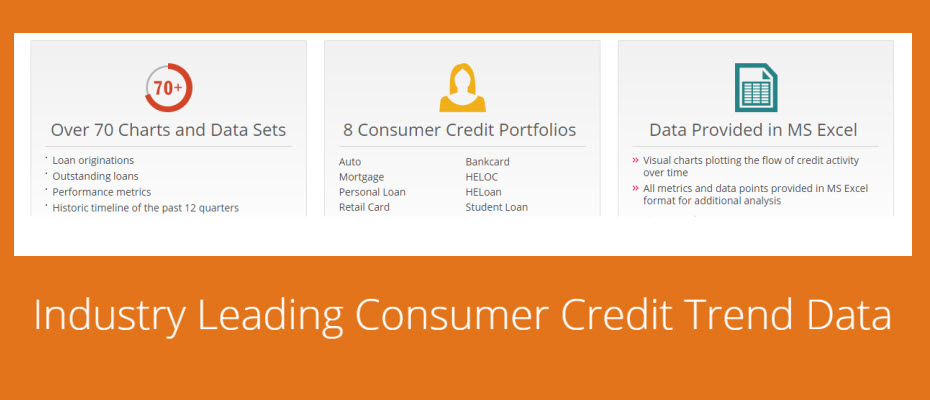Tag: auto lending

According to Experian’s State of Automotive Finance Market: Q3 2021 report, leasing comprised 24.03% of new vehicle financing in Q3 2...

In Q3 2021, the average new vehicle loan amount increased 8.5% year-over-year, while the average used vehicle loan jumped more than 20% year-over...

The early assessment for the automotive industry is that despite significant challenges at the onset of the pandemic, the industry continues to...

Experian Boost provides a unique opportunity to help dealers build loyalty while helping consumers....

Vehicle affordability has been a main topic of conversation in the auto industry for some time, and based on the data, it’s not going...

Consumer credit trends and markets are constantly evolving, particularly when it comes to originations and delinquencies on mortgages, credit cards and auto loans. According...

Smartphones connect us to the world of digital information while on the go. With just a few touches, you can browse the internet, get...

Experian Boost gives consumers greater control over their credit profiles by allowing them to add non-traditional credit information to their Experian credit...

Auto originations continue to increase — particularly within prime categories. According to Experian’s latest State of the Automotive Finance Market report: Prime consumers grabbed...

The economic expansion just passed the eight-year mark, and consumer credit defaults across mortgages, bankcards and auto loans are at pre–financial crisis levels. More...

Subprime vehicle loans When discussing automotive lending, it seems like one term is on everyone’s lips: “subprime auto loan bubble.” But what is the...

For an industry that has grown accustomed to sustained year-over-year growth, recent trends are concerning. The automotive industry continued to make progress in the fourth...

It’s more than mercury that will be up this summer. As temperatures climb, so do automotive sales, which often reach annual highs during the...

According to the latest State of the Automotive Finance Market report, a record 55.5% of all used vehicles were financed in Q2 2015, compared...

Driver of success: Mitigate auto lending risk A culture of learning is a key driver of success. Does your risk culture continue to adapt?...